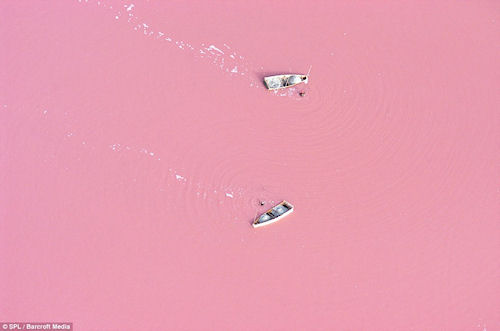Clothing Made From Wine
Thursday, June 14th, 2012A scientist, a winemaker and a fashion designer walk into a bar…
No. Really. They all walk into a bar. The totally not funny but awesome punchline is something called Micro’be’.
During a recent exploration of possible future fabrics and textiles at FNAS Laboratories in Australia.
According to the brains behind this:
“It is very delicate, comprising micro-fibrils of cellulose. The bacteria that caused the spoilage were a colony of Acetobacter, transforming wine into vinegar. The by-product of this activity is the formation of cellulose, a slimy, rubbery, skin-like substance.”
Drinking wine and having clothes manifest on your body could possibly undo thousands of years of tradition of it being the other way around.
[BioAlloy]


